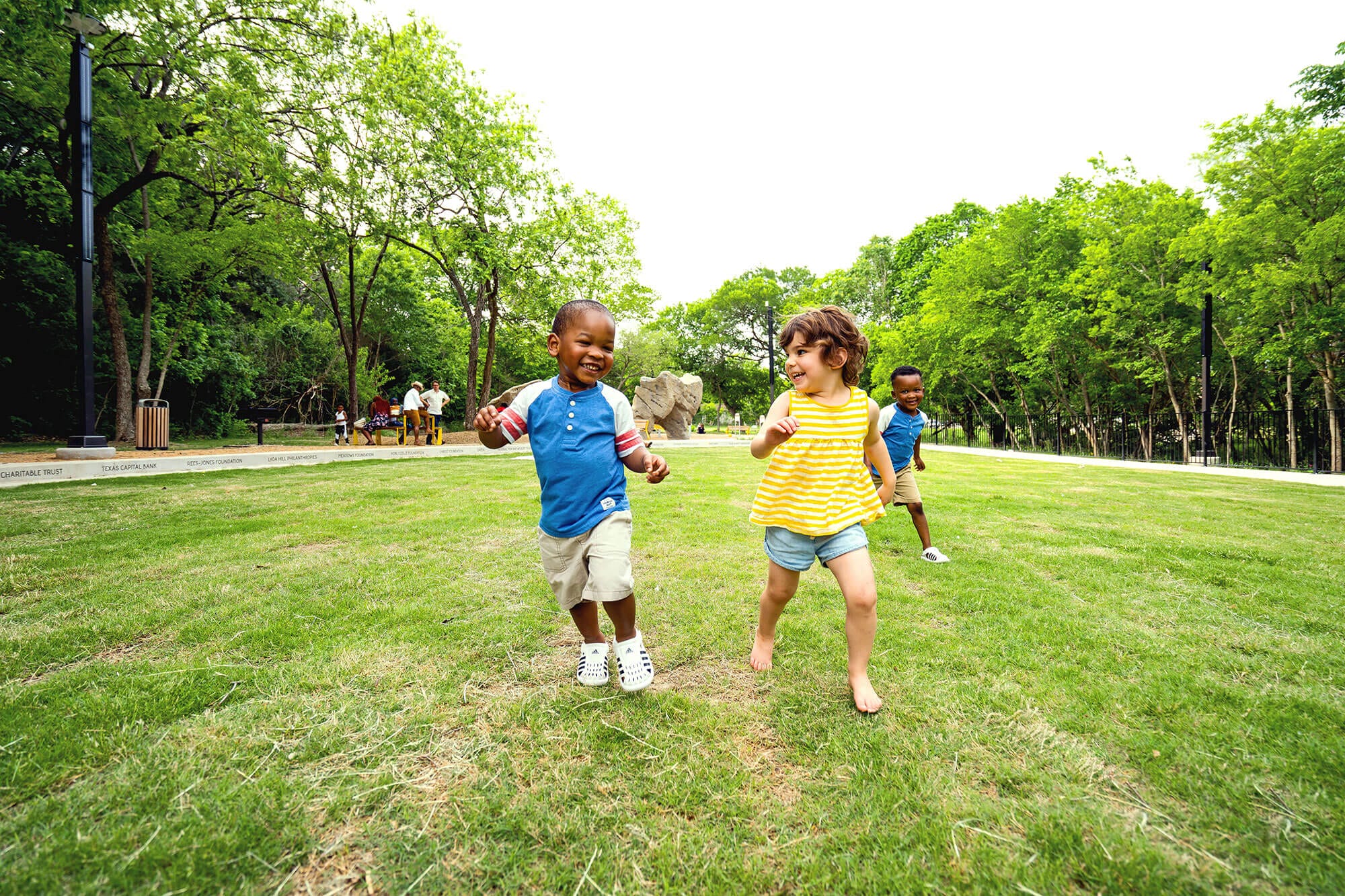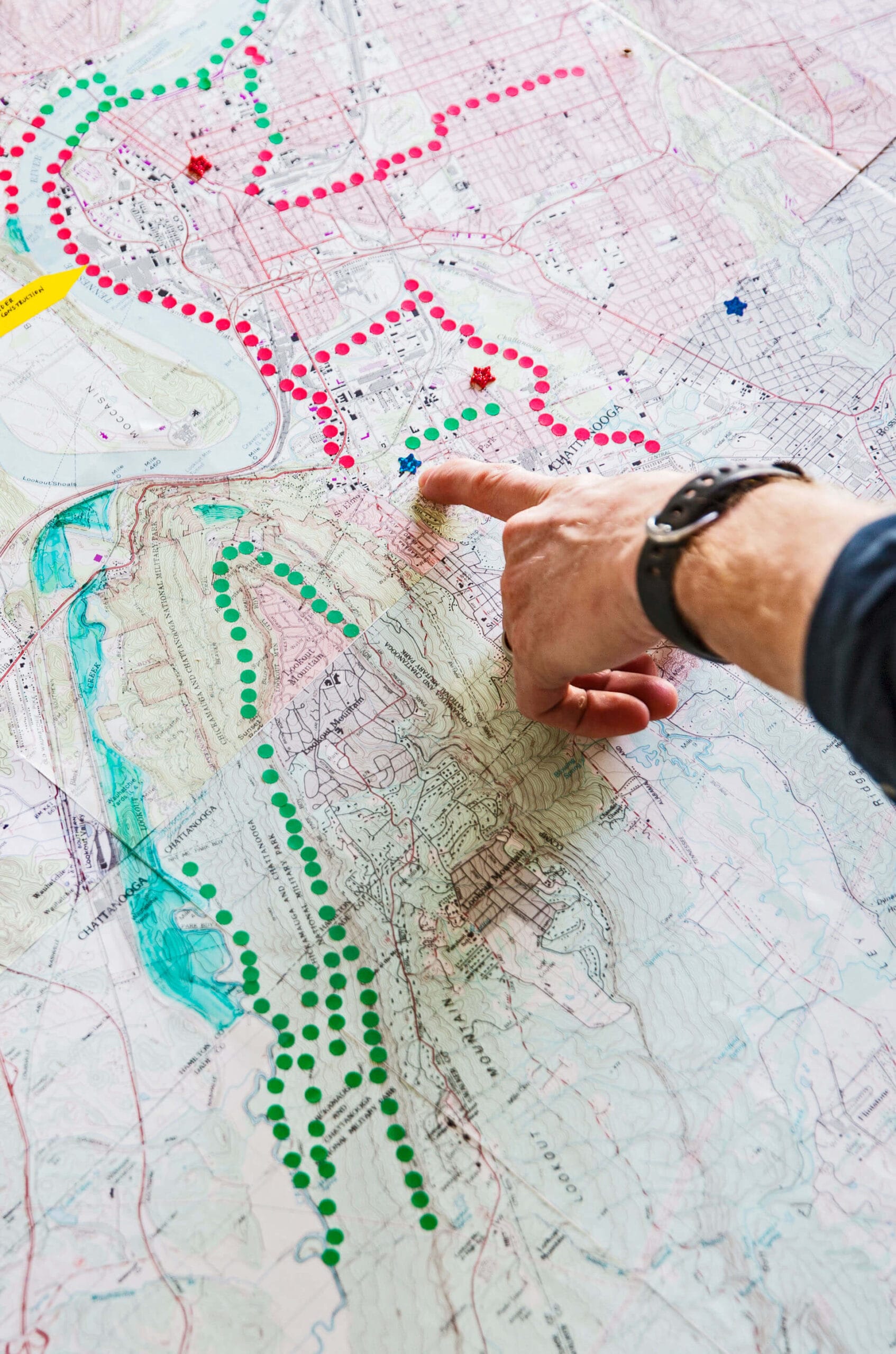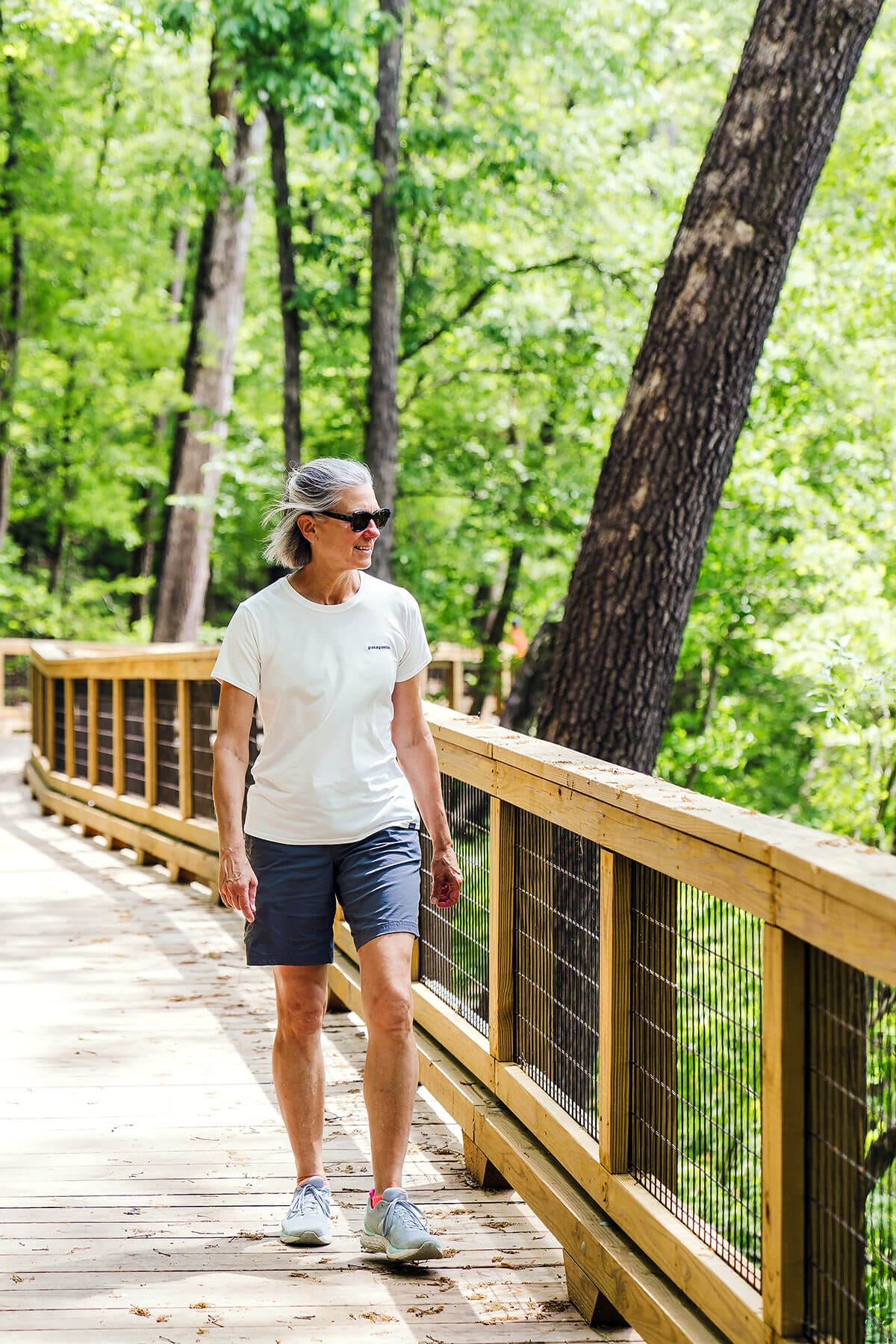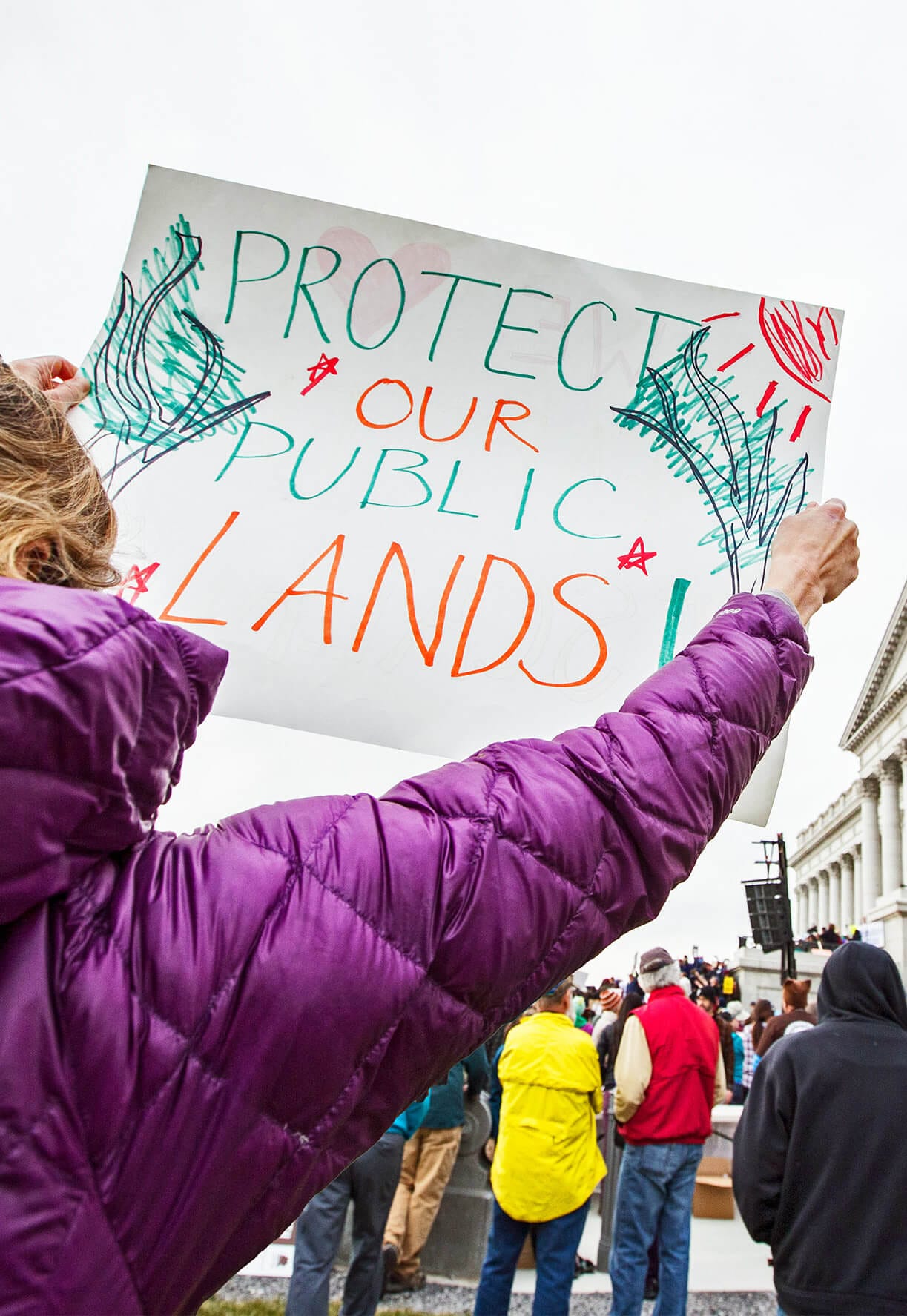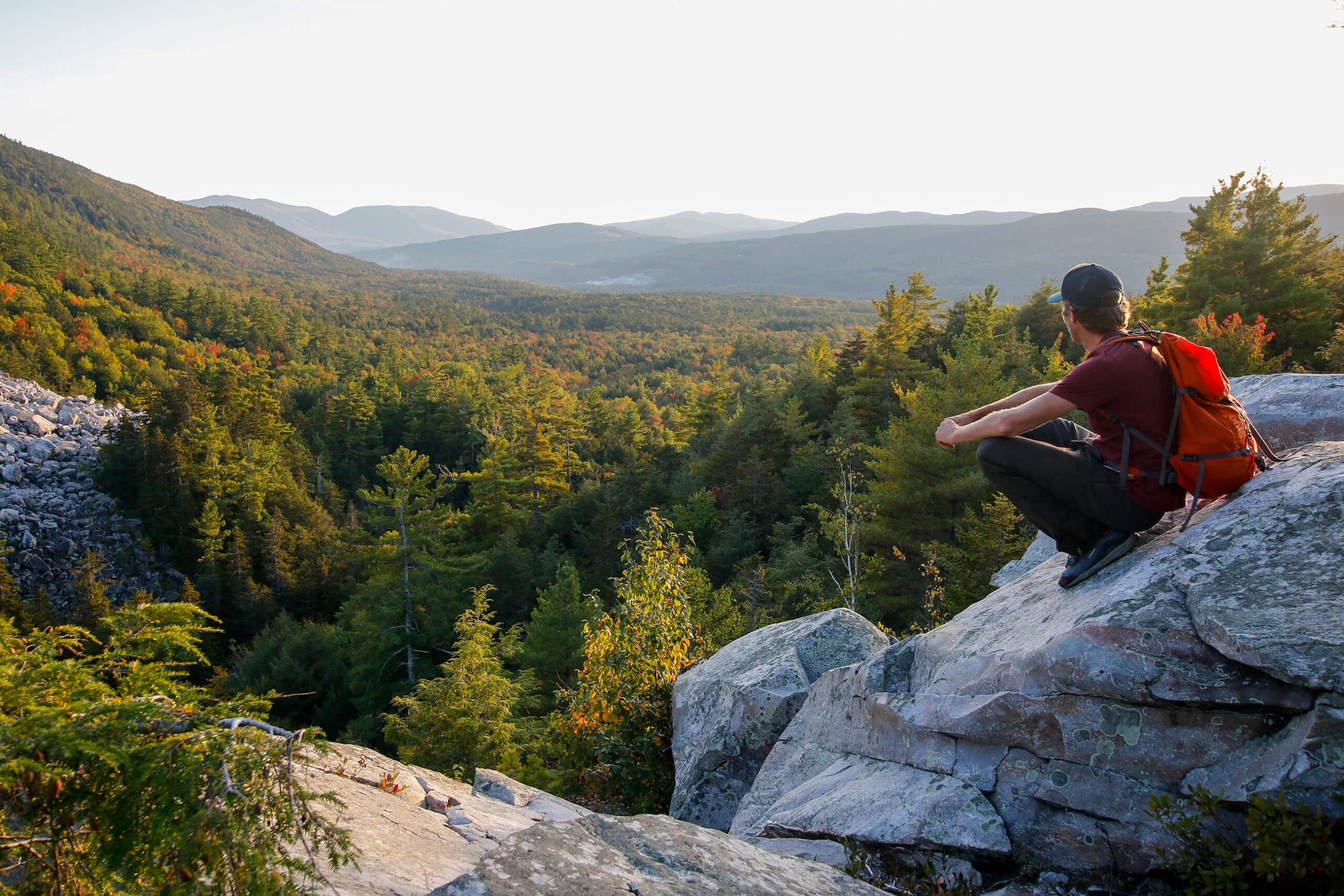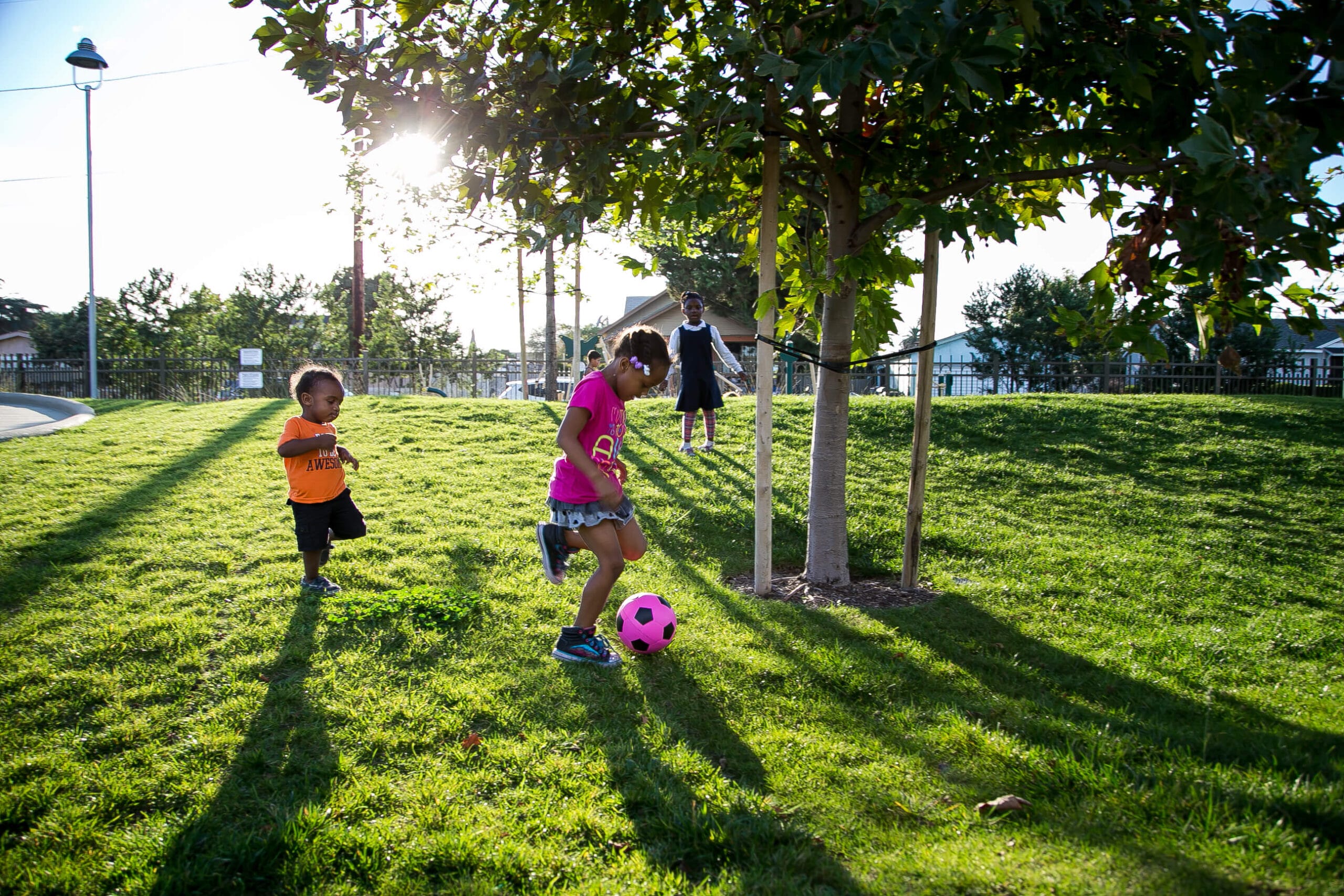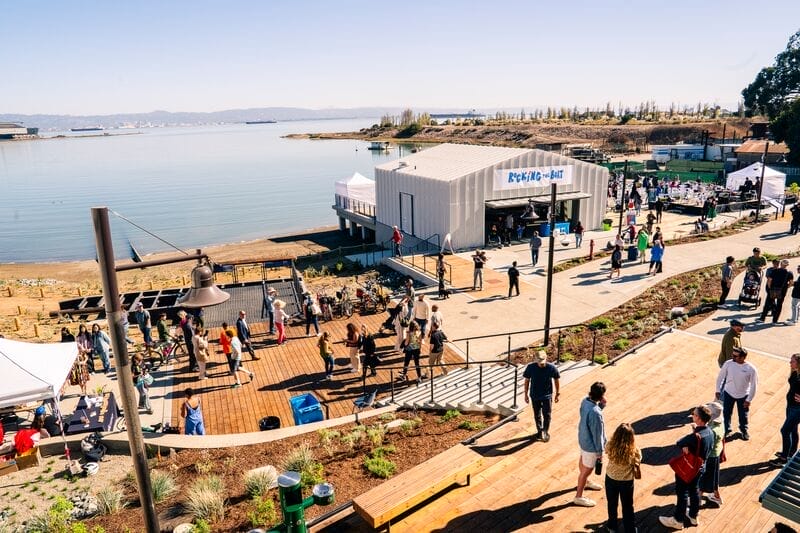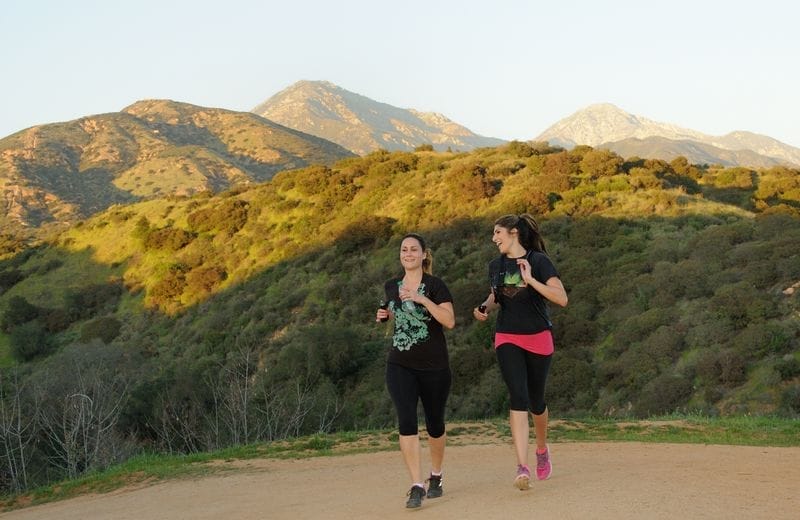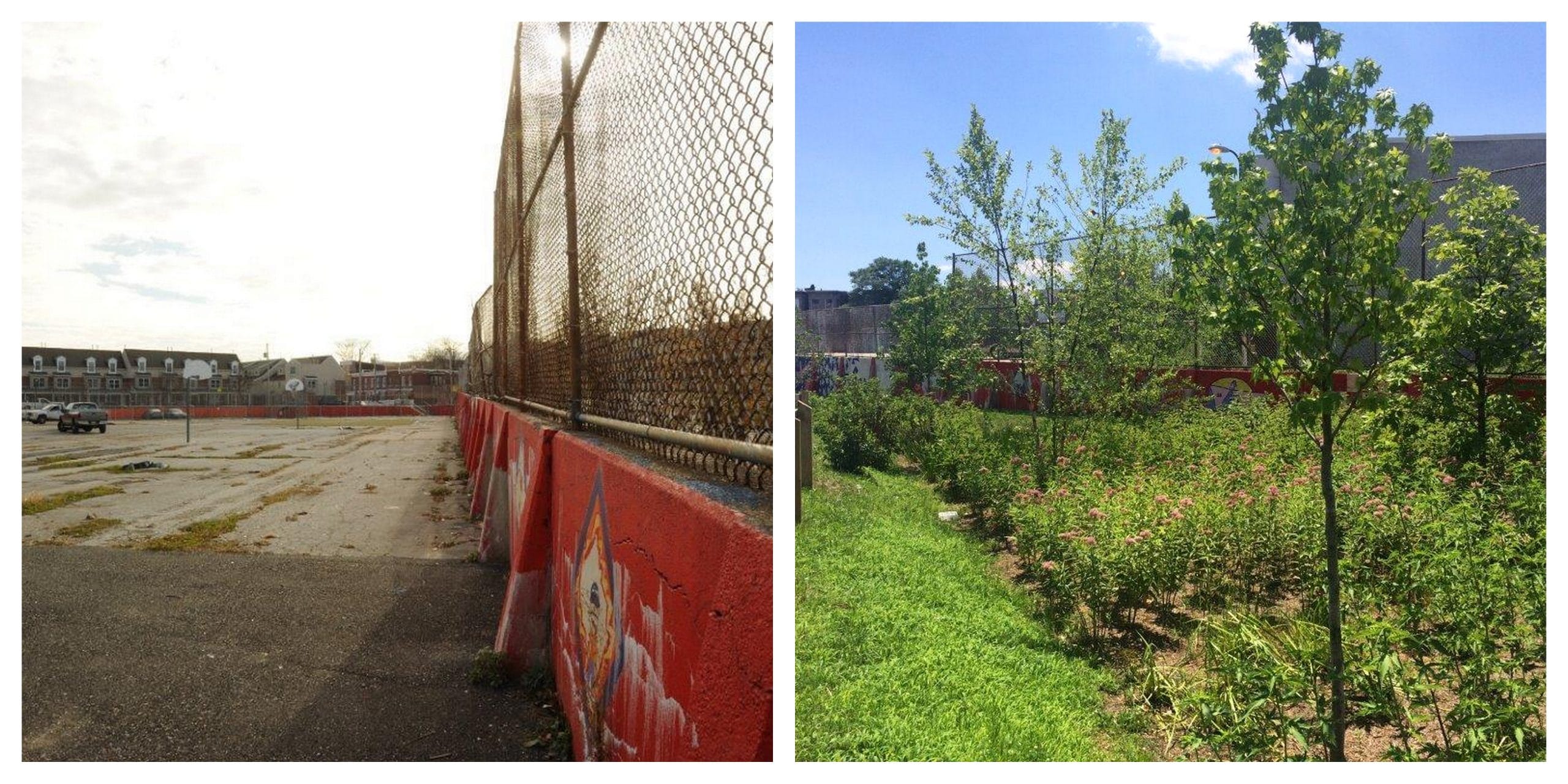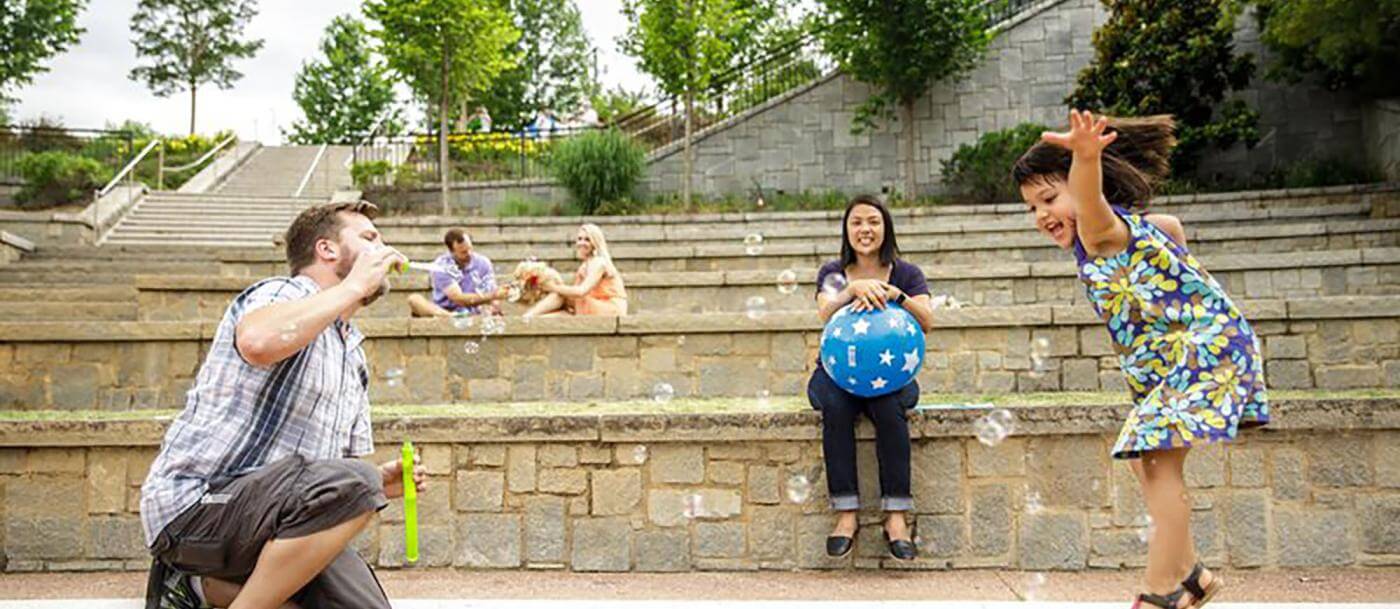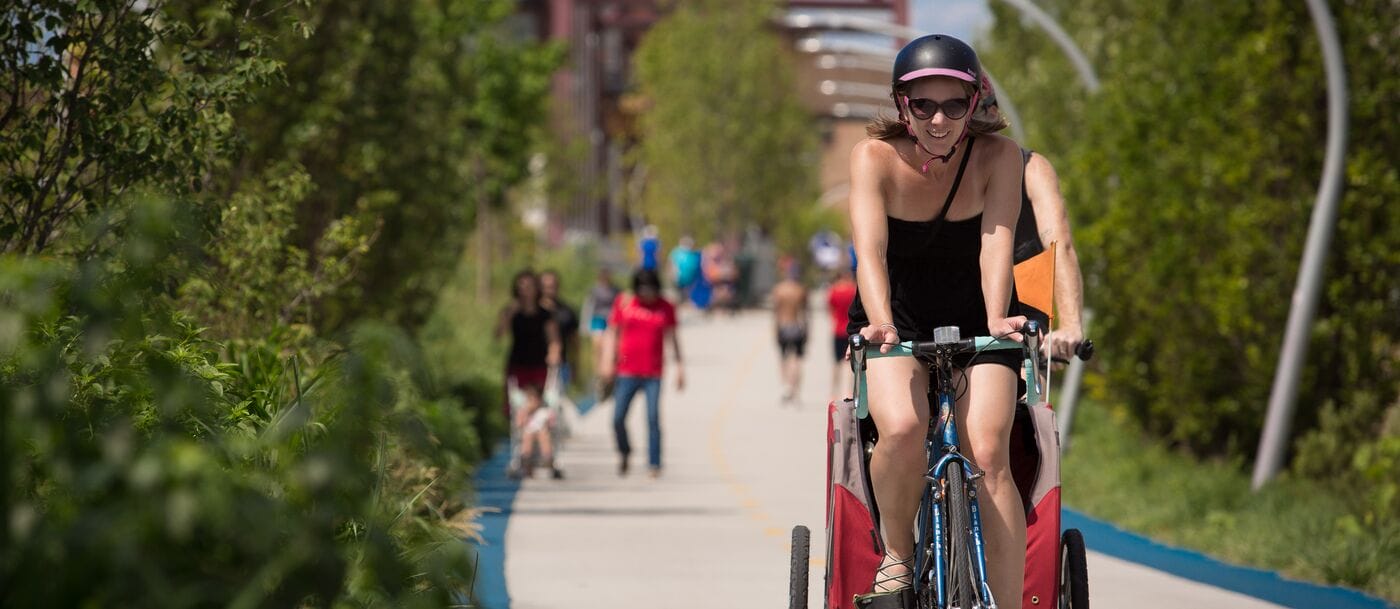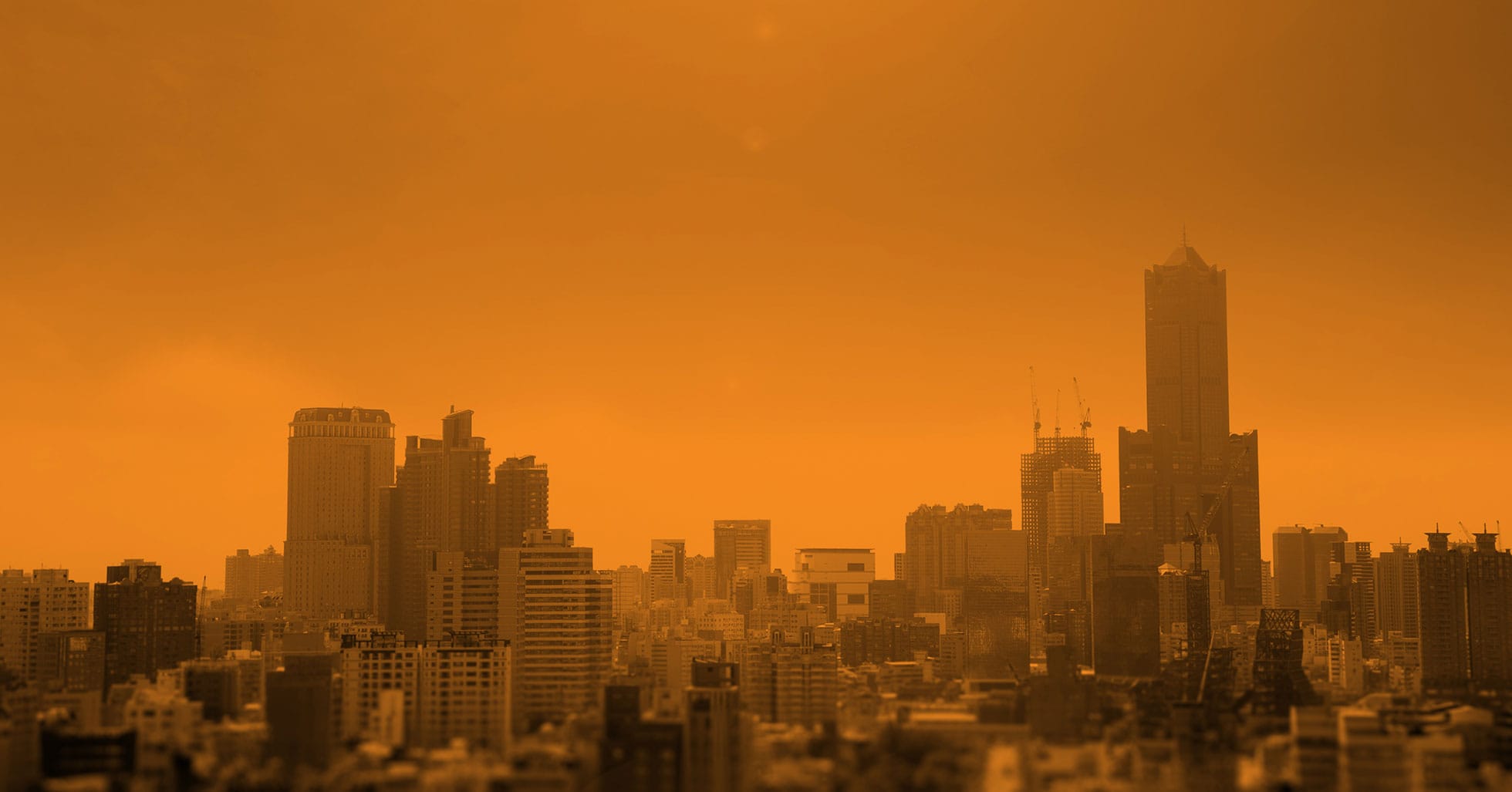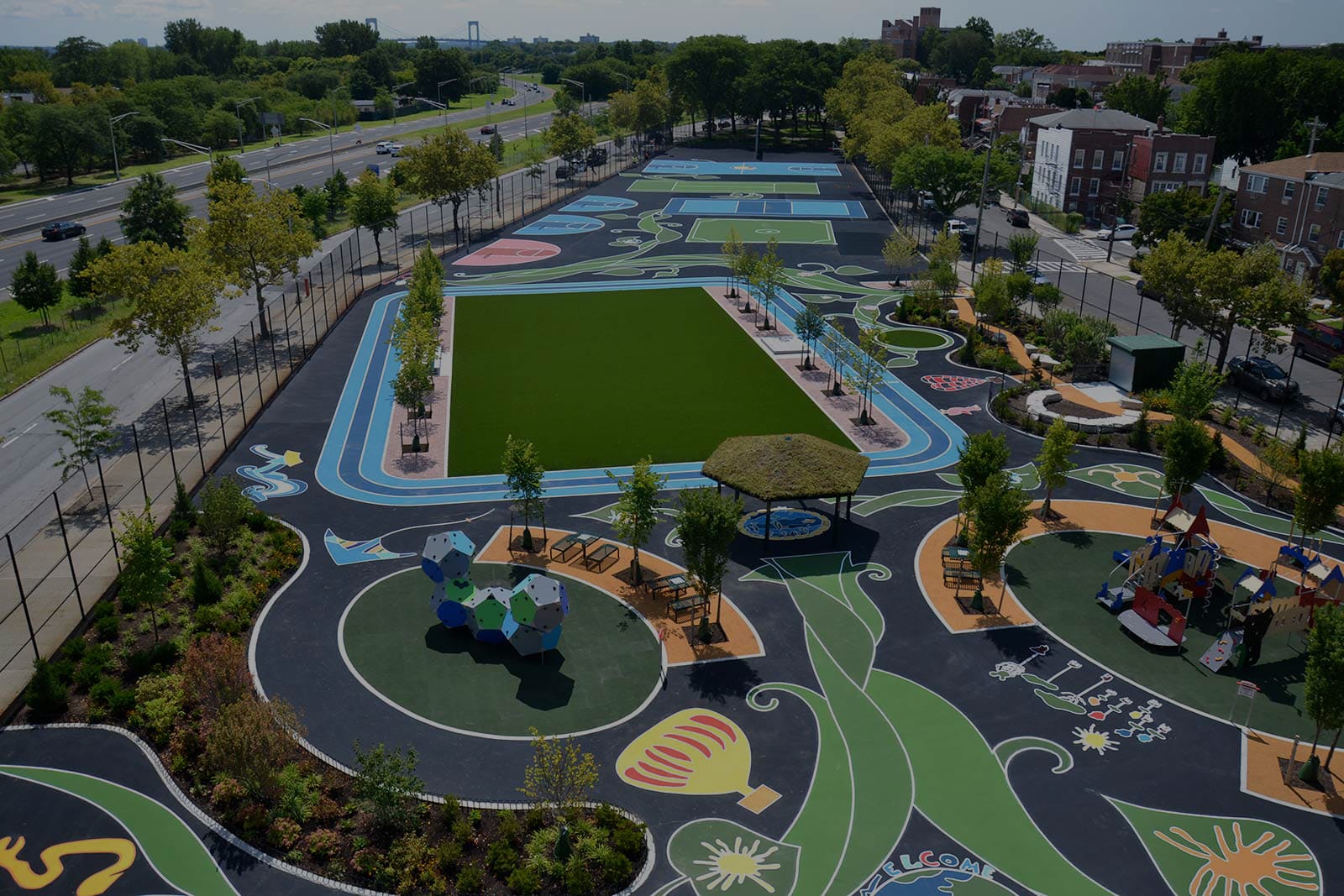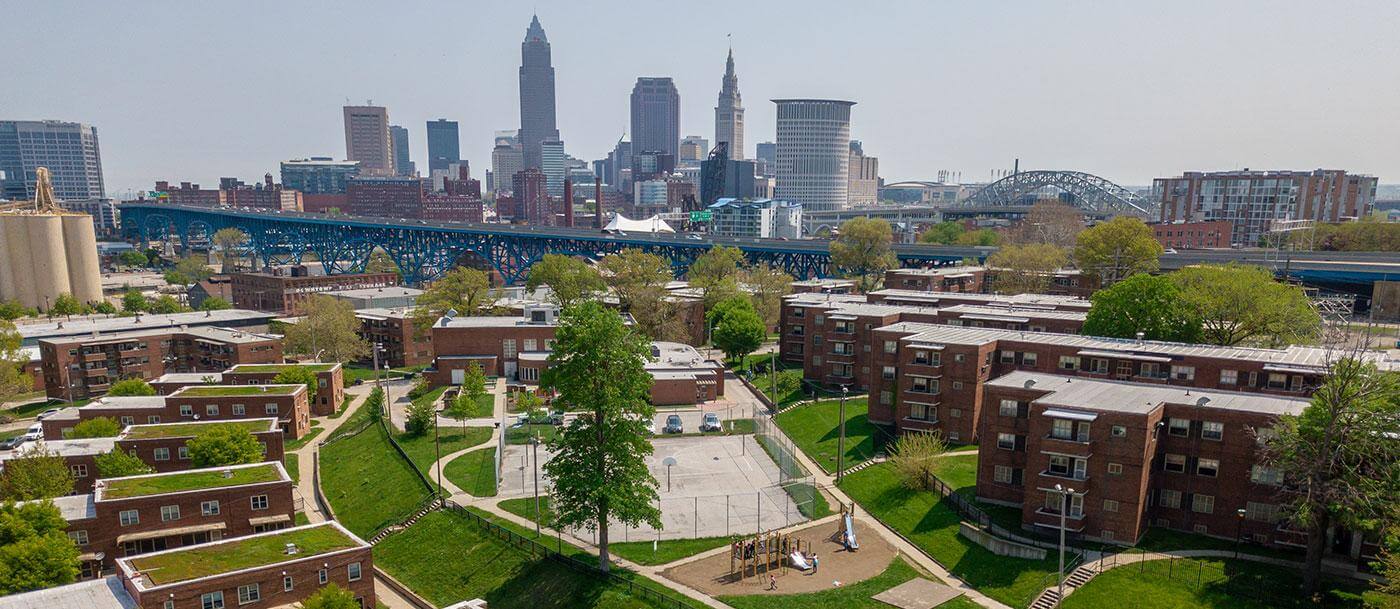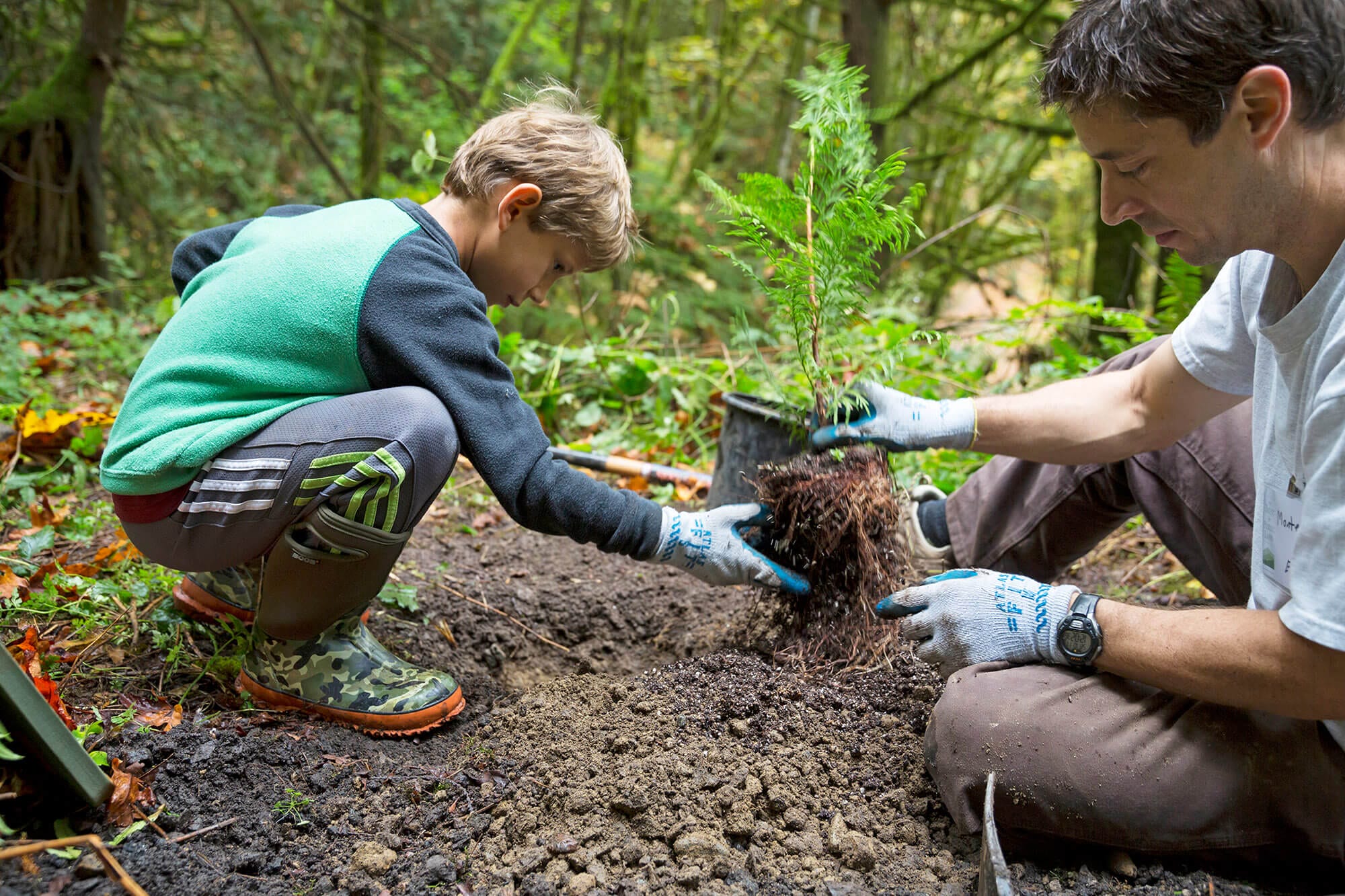Climate Resilience Starts with Parks
We believe that nature-based solutions to the growing climate crisis are essential for helping communities adapt and become more resilient. Support Our Work
As climate change worsens, green spaces are sustainable solutions.
From cooling our communities, to absorbing floodwaters, to reducing greenhouse gases, the parks we create and public land we protect are helping mitigate the effects of the climate crisis.
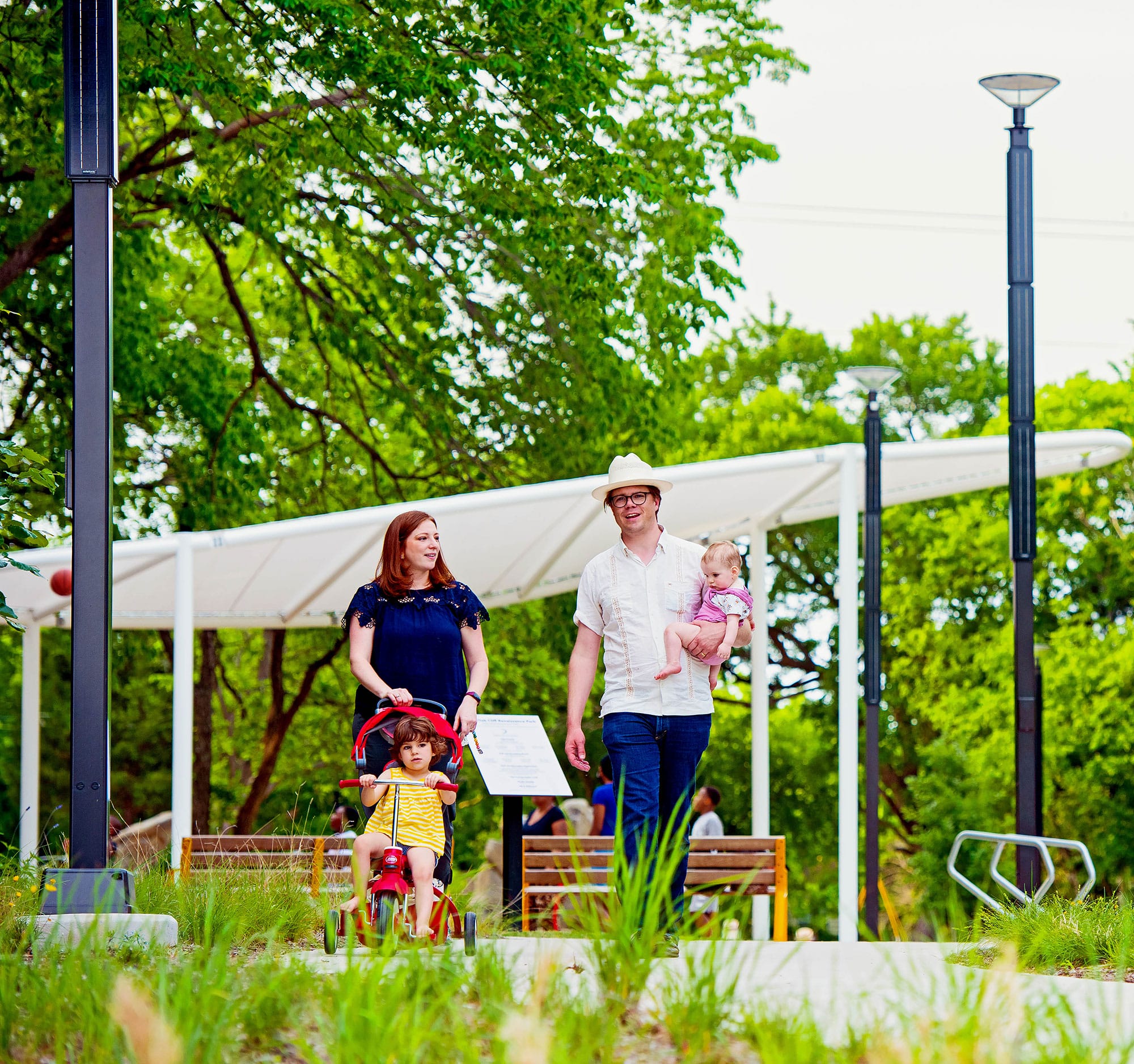
With worsening forest fires, flooding, drought, and more, we already live in a climate-changed world. But nature-based solutions are providing hope and resilience. We’re helping communities create and leverage open spaces to decrease the impact of extreme weather events.
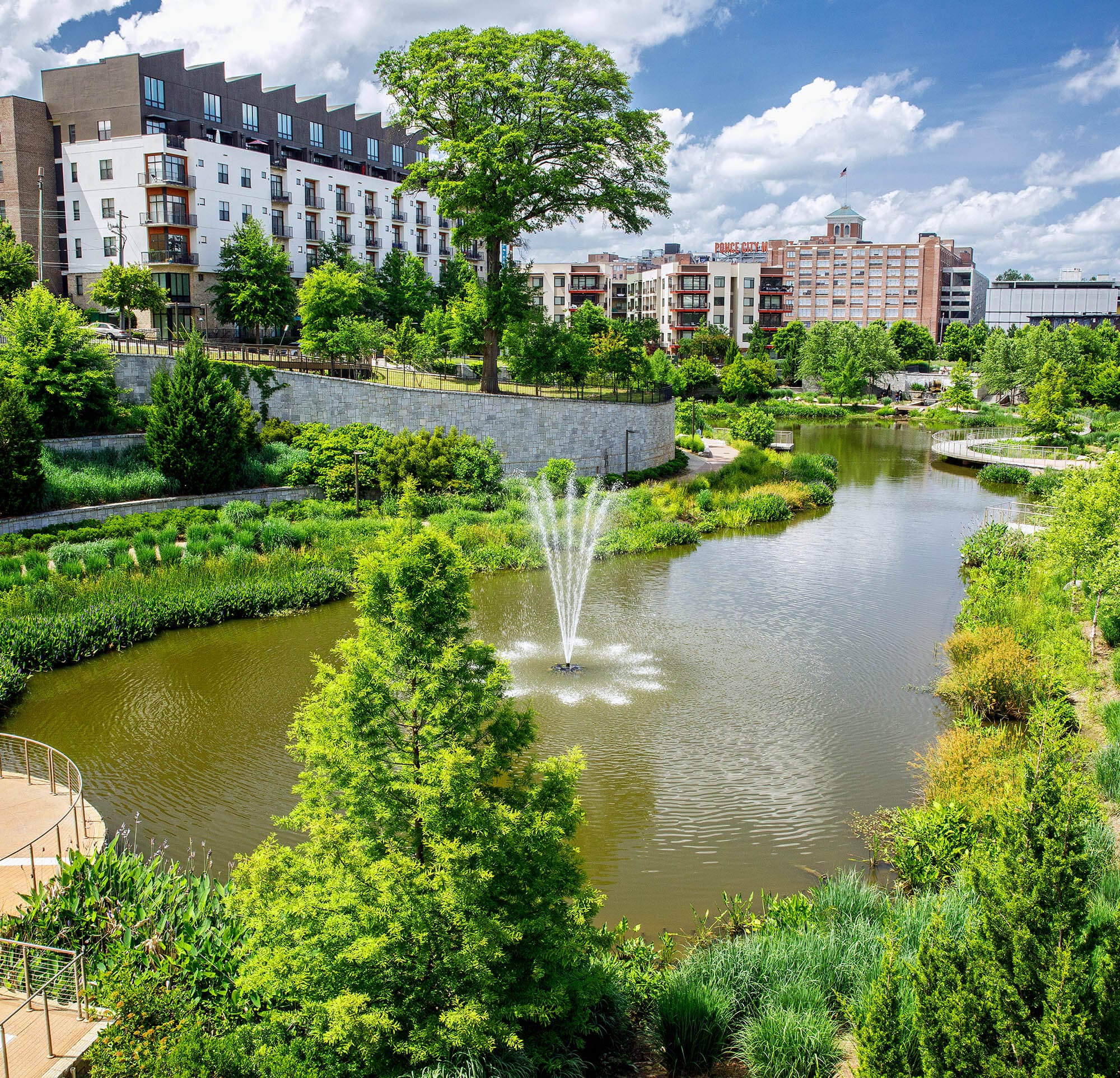
Earlier and longer hurricane seasons, stronger tropical storms, and more flash flooding are creating devastating storms that many communities—especially those in low-income or minority neighborhoods—are not equipped to handle. Our data tells us where the most vulnerable places are, and the parks we create and land we protect in these areas are helping to manage stormwater and reduce flooding.
Learn how one Atlanta city protected its community from floods.
Read the Story
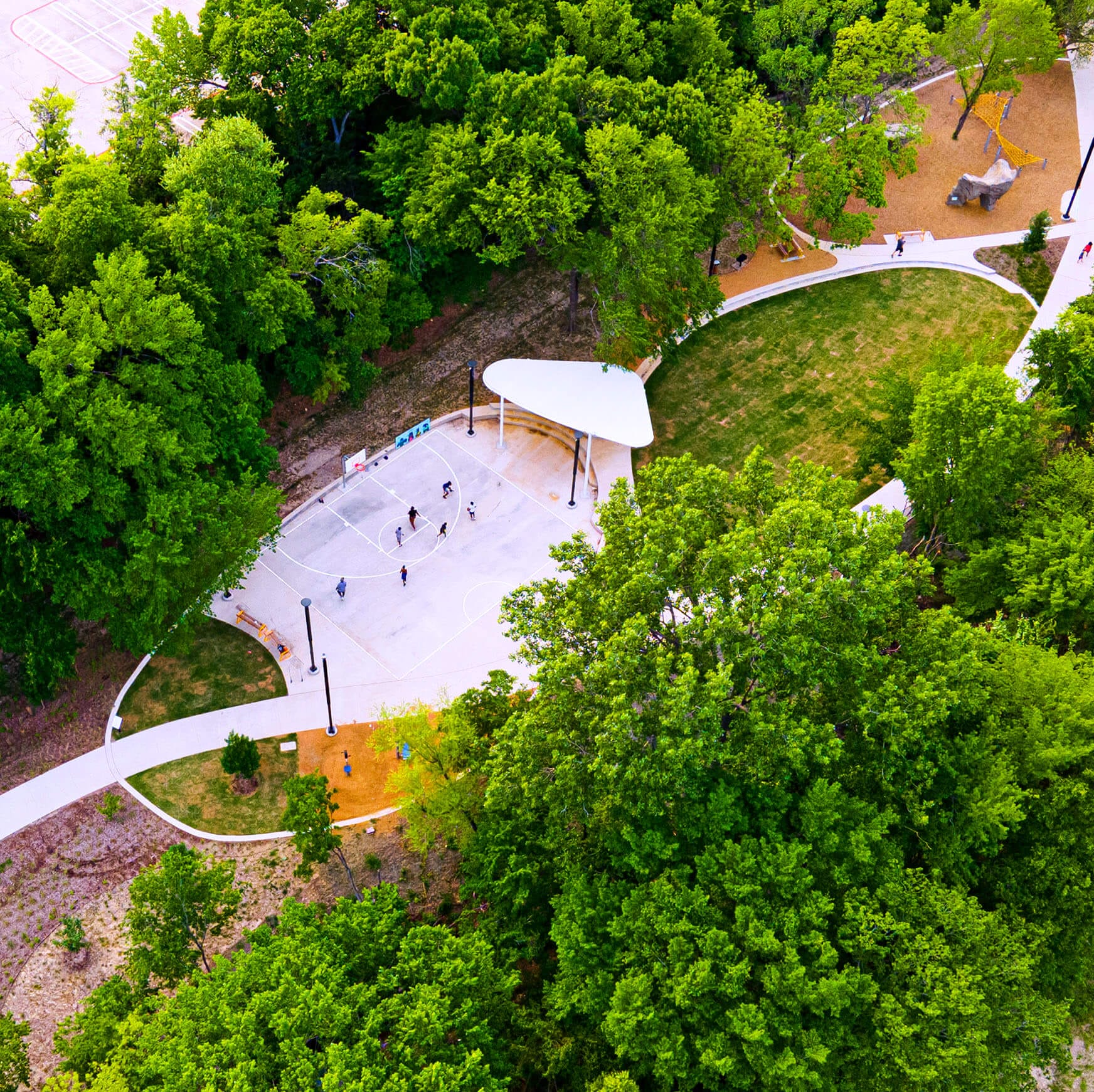
Rising temperatures and heat waves are becoming an unfortunate reality for many communities across the country, and urban heat islands are intensifying these events. Urban heat islands are developed areas where pavement and concrete trap heat at alarming rates—a problem that affects schools and inner cities the most. By creating more green spaces like pocket parks and green, tree-filled schoolyards, we can turn down the thermostat. Parks and outdoor spaces with vegetation and tree-canopy cover can be 17 degrees or more cooler than other areas, with reduced temperatures extending up to half a mile outward.
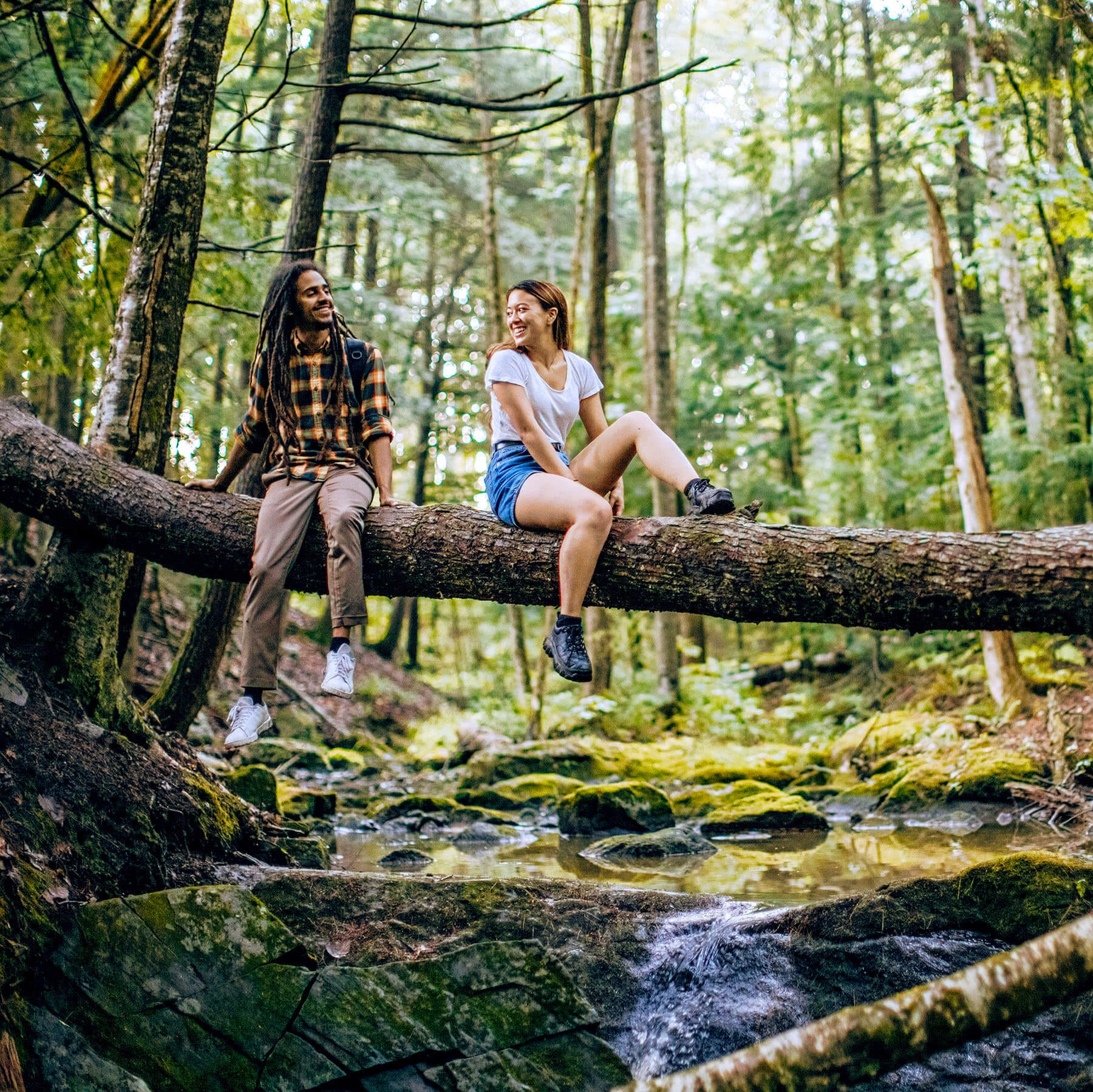
Trees and other plants are nature’s air filters and can reduce harmful levels of ozone, nitrogen and sulfur dioxides, carbon monoxide, and particulate matter. They also reduce carbon dioxide (CO2) – the primary driver of climate change. Already, natural landscapes absorb approximately 14 percent of the country’s CO2 emissions. By deploying a variety of natural climate solutions, including preserving open space where vegetation and trees can thrive, and establishing more community forests, we have the potential to sequester 21 percent of our current net annual emissions.
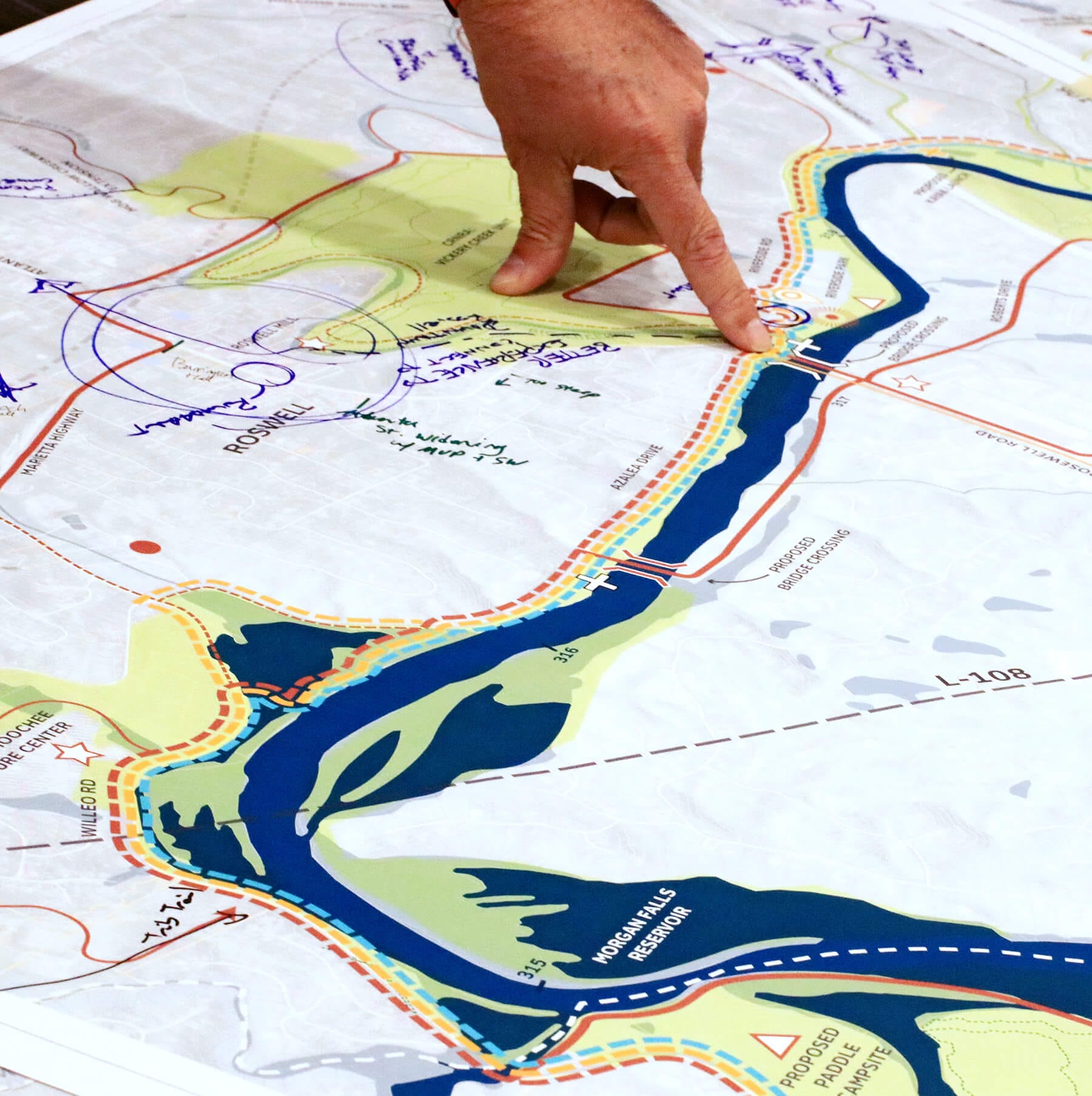
While climate change affects us all, the worst impacts aren’t felt equally. Communities of color and low-income communities are more susceptible to pollution, flooding, heat and extreme weather, and more because they are often in flood-prone areas or urban heat islands with less access to parks and green infrastructure. We have the data to pinpoint where parks are needed most and we’re helping communities gain the funding and expertise needed to build a better future.
Contact Brendan Shane, TPL’s Climate Director, to learn more.
We’re on a mission to bring green solutions and safe, accessible outdoor spaces to communities across the country. Here’s how.
-
Insights and Tools
Using our innovative people-and-data–driven approach, sophisticated Geographic Information Systems (GIS), and our interactive mapping tools, we help communities pinpoint places and build strategies for climate protection based on residents’ priorities.

Urge your representatives to make green spaces a priority. Add your name to one or all of our current petitions and help us take a stand.
Read inspiring stories of our work in communities across the country. See all stories.
From thought leadership to cutting-edge research, check out our wealth of resources.

